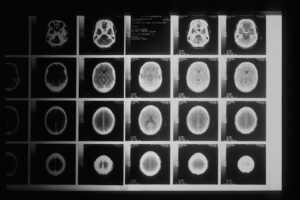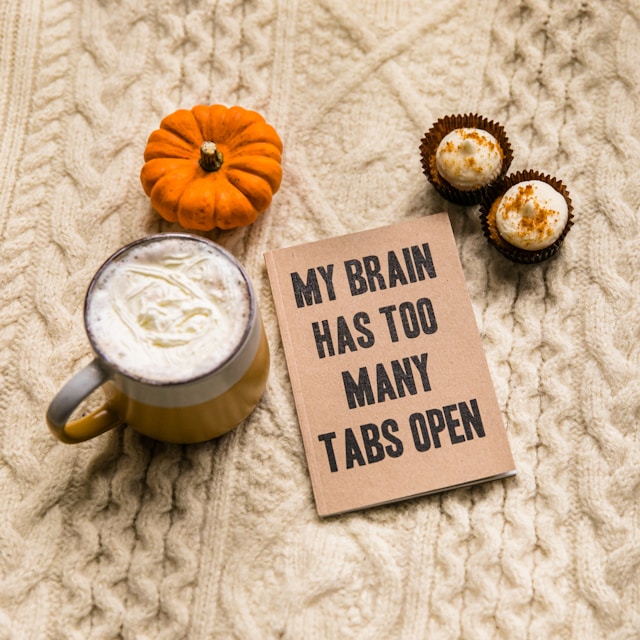Stroke Awareness Month: Know the Signs, Save a Life. As we observe Stroke Awareness Month this May, let’s take a moment to understand this medical emergency that can happen to anyone, at any time – and learn how quick action can save lives and limit long-term damage.
Every 40 seconds, someone in the United States has a stroke. Every 3.5 minutes, someone dies from one.

Photo by National Cancer Institute on Unsplash
Who Is at Risk?
While strokes can affect anyone, certain factors increase your risk:
- Age: Risk doubles every decade after age 55, with nearly 75% of strokes occurring in people over 65.
- Gender: Women have a higher lifetime risk, with unique factors like pregnancy, birth control pills, and hormone replacement therapy increasing vulnerability.
- Race and ethnicity: Black Americans have nearly twice the risk of first-time stroke compared to white Americans, while Hispanic Americans face higher stroke rates than non-Hispanic whites.
- Family history: If a parent, grandparent, or sibling had a stroke, your risk may be higher.
- Medical conditions: High blood pressure (the leading cause), diabetes, high cholesterol, heart disease (coronary artery disease, atrial fibrillation, valvular heart disease, heart failure, and heart attacks), and sickle cell anemia all increase stroke risk.
- Lifestyle factors: Smoking, physical inactivity, obesity, heavy alcohol use, and drug abuse contribute significantly to stroke risk.
According to the CDC, about 80% of strokes are preventable through lifestyle changes and medical interventions.
Know the Signs: B.E. F.A.S.T.
When a stroke occurs, every minute counts. The acronym B.E. F.A.S.T. can help you recognize the warning signs:
- B – Balance: Sudden loss of balance or coordination
- E – Eyes: Sudden trouble seeing in one or both eyes
- F – Face: Facial drooping, particularly on one side
- A – Arms: Weakness or numbness in one arm
- S – Speech: Slurred speech or difficulty speaking
- T – Time: Time to call 911 immediately
Other warning signs include:
- Sudden severe headache with no known cause
- Sudden confusion or trouble understanding speech
- Sudden numbness or weakness of the face, arm, or leg, especially on one side of the body
Act FAST
When someone has a stroke, approximately 1.9 million brain cells die every minute. The sooner treatment begins, the better the chances of recovery. Clot-busting medications like tPA (tissue plasminogen activator) work best when given within 3 hours of symptom onset, while some patients may benefit up to 4.5 hours after symptoms begin.
Studies show that patients who arrive at the emergency room within 3 hours of their first symptoms often have less disability three months after a stroke compared to those who received delayed care.
Resources for Prevention and Support
If you or someone you love has experienced a stroke or is at risk, these resources can help:
- American Stroke Association: Visit stroke.org for prevention tips, recovery resources, and support group information.
- CDC’s Stroke Resources: The CDC’s stroke page offers statistics, prevention strategies, and educational materials.
- StrokeAware App: This free mobile app helps identify stroke symptoms and connects users to nearby emergency services.
- Strike Out Stroke: This organization (strikeoutstroke.org) offers community education programs and resources.

Photo by That’s Her Business on Unsplash
Prevent Where Possible, React Quickly When Necessary
The best strategy for stroke awareness is prevention. Manage blood pressure, eat a balanced diet, exercise regularly, avoid smoking, and limit alcohol consumption. However, knowing the signs of stroke and acting quickly can make all the difference when prevention isn’t enough. A five-minute conversation could someday save a life or preserve someone’s quality of life after a stroke.
Acting quickly in any emergency is something to strive for. This is why I focus on advanced preparation for life. None of us has a crystal ball to predict what happens when. Because of this, getting your ducks in a row in advance allows you to focus on the situation at hand and be fully present.
When it’s time for you to get your advanced planning underway, send me an Email or Book Time with Lynn if I may be of help. For additional information about my work, check out @ The Living Planner or @ The Living Planner.
If you’re up for planning your life’s administrative side, consider my book as a resource. The Living Planner: What to Prepare Now While You Are Living © Check it out HERE.
Quote for the week: “Planning is bringing the future into the present so that you can do something about it.” – Alan Lakein.
Awareness and Action is powerful❣️ Lynn
#PlanfortheUnplanned #Can’tPredictCanPrepare

